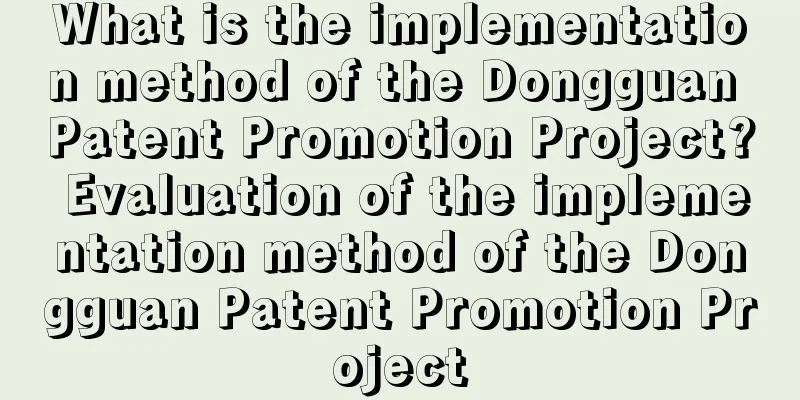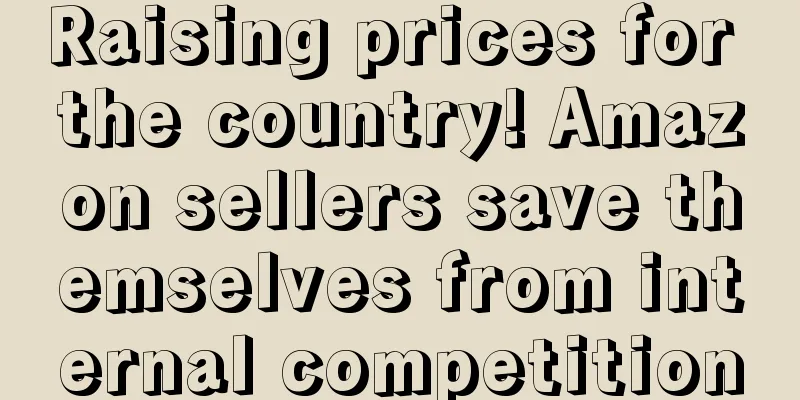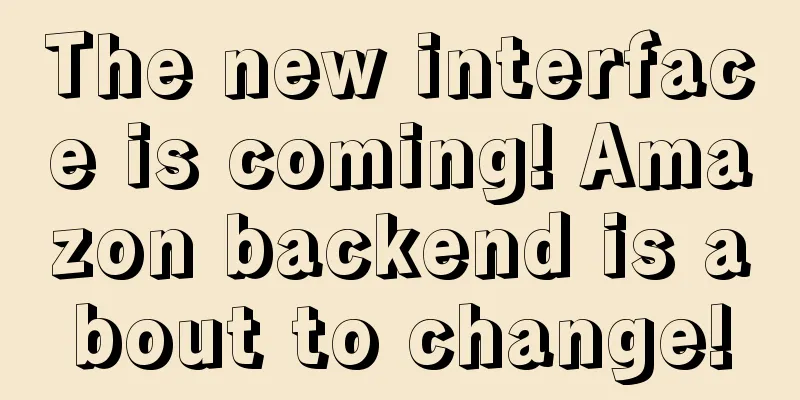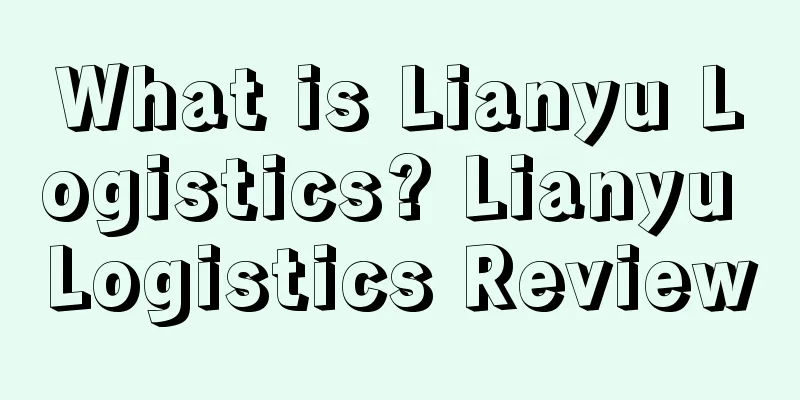What is a provisional patent application? Provisional patent application evaluation
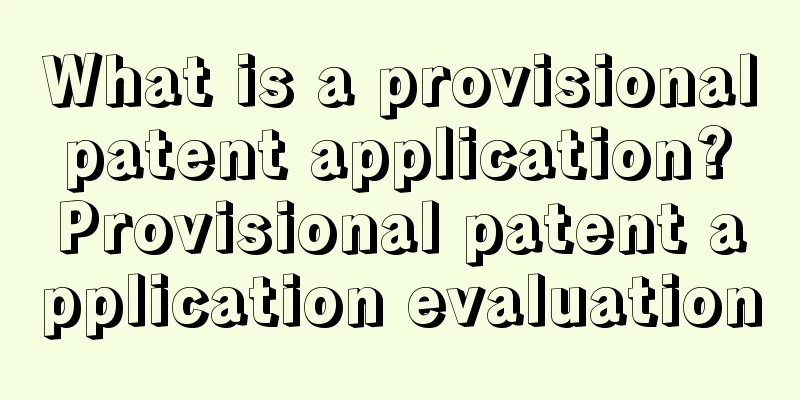
|
A Provisional Patent Application (PPA) is a document issued by the United States Patent and Trademark Office (USPTO) that helps protect a new invention from being copied during the 12 months before a formal patent application is filed . The provisional patent application (PPA) rule was first proposed and implemented by the United States Patent and Trademark Office on June 9, 1995 in the United States. It is the product of the United States amending its patent law in accordance with the negotiation agreement after the Uruguay Round negotiations. The provisional patent application rule mainly involves two provisions of the United States Patent Law, namely, Section 111 (b) and Section 119 (e). Section 111 (b) of the United States Patent Law points out some conditions related to provisional patent applications, namely, the establishment of the application date requires the provision of a description and drawings; the maintenance of the application date requires the submission of the application fee and the name of the inventor within the prescribed time limit. Section 119 (e) points out that the provisional patent application establishes a priority for the applicant, and its protection period is 1 year. Within this period and protection scope, only the holder of the "provisional patent" can file the relevant patent application. However, after the patent application is filed in the form of a provisional application, a conversion request must be formally submitted to the United States Patent and Trademark Office within 1 year to convert the "provisional patent" into a regular application, otherwise the "provisional patent" will automatically expire after 1 year. The content of the regular application should include the content of the provisional patent application and the rewritten content. It is designed to give inventors time to develop an idea, test its commercial viability, or perfect a product before committing to the expensive and time-intensive process of formal application. A "Patent Pending" label on a product means that a provisional patent application has been filed. Features (6) Applicable only to invention patents. significance (1) The application method is simpler and faster A provisional patent application can be filed as a simplified application, which allows the applicant to gain one year to evaluate the commercial potential of the invention with a lower initial investment. Therefore, it is stipulated that a provisional patent application does not need to write a complete detailed description, does not need to handle complete application documents, and only needs to meet the minimum formal requirements when submitting the application. The US Patent and Trademark Office does not evaluate the value of a provisional patent application, and the approval is relatively simple, and its application fee is much lower than that of a formal patent application. A provisional patent application only needs to pay $150, while the application fee for a formal application is $500, not including attorney fees, various document preparation fees, and claims fees. Article 32 of the Implementing Regulations of the Patent Law of my country stipulates that if an applicant requests priority procedures, he shall state the application date, application number and country of acceptance of the first patent application (hereinafter referred to as the prior application) in a written statement; if the applicant requests domestic priority, the copy of the prior application document submitted by the applicant shall be prepared by the patent administration department of the State Council. Relatively speaking, although the procedures for the prior application in my country are relatively simpler and the fees are relatively low than those for the subsequent application, it is still more complicated than the provisions of the provisional patent application in the United States. (2) Longer patent term Section 154(a) of the U.S. Patent Act provides that the priority of a provisional patent application under Section 119 is not included in the patent term, which means that the one-year pending period is not included in the 20-year patent protection period, which is calculated from the date of filing of the regular patent application. Therefore, the provisional application provides the applicant with a 12-month patent protection grace period, and its actual patent protection period is 21 years. |
<<: What is Rentomojo? Rentomojo Review
>>: What is dLocal? dLocal Review
Recommend
The first shot of the “anti-involution” campaign? After the seller raised the price, the sales ranking rebounded!
It is learned that Forbes recently released the la...
Amazon's Misconceptions about Hot Products and Its Road to Transformation
My dears👋, today let’s talk about Amazon’s idea of...
What is AVASK? Review of AVASK
AVASK (UK) Accounting and Business Consultants mai...
US consumers will continue to cut spending in 2023! These categories are the most frustrated!
It is learned that according to a report jointly r...
What is SurTime? SurTime Review
SurTime is an Amazon keyword reverse query tool th...
What is Informed.co? Informed.co Review
Informed.co, formerly known as Appeagle, is a stra...
What is Lingzhi Collector? Lingzhi Collector Review
Lingzhi Collector is a tool specially designed for...
What is SAA certification? SAA certification evaluation
SAA certification is a certification under the Aus...
The US "home improvement boom" is fading! Lowe's lowers its revenue forecast for fiscal 2022!
<span data-shimo-docs="[[20,"获悉,据外媒报道,近日家居...
A new round of account bans? A large number of links may be removed, Amazon uncovers fake order gangs!
▶ Video account attention cross-border navigation ...
Big news of the week! Amazon suffered huge losses due to the epidemic
Shopee waives shipping fees for some returns On F...
What is relevance? Relevance evaluation
Association means that a seller has multiple accou...
Under the Sino-US trade war, sellers suffered three major blows
The Sino-US trade war has lasted for more than a y...
The peak season is coming and the warehouse is bursting. Sellers should pay attention to inventory management
Amazon's second half peak season is underway....



